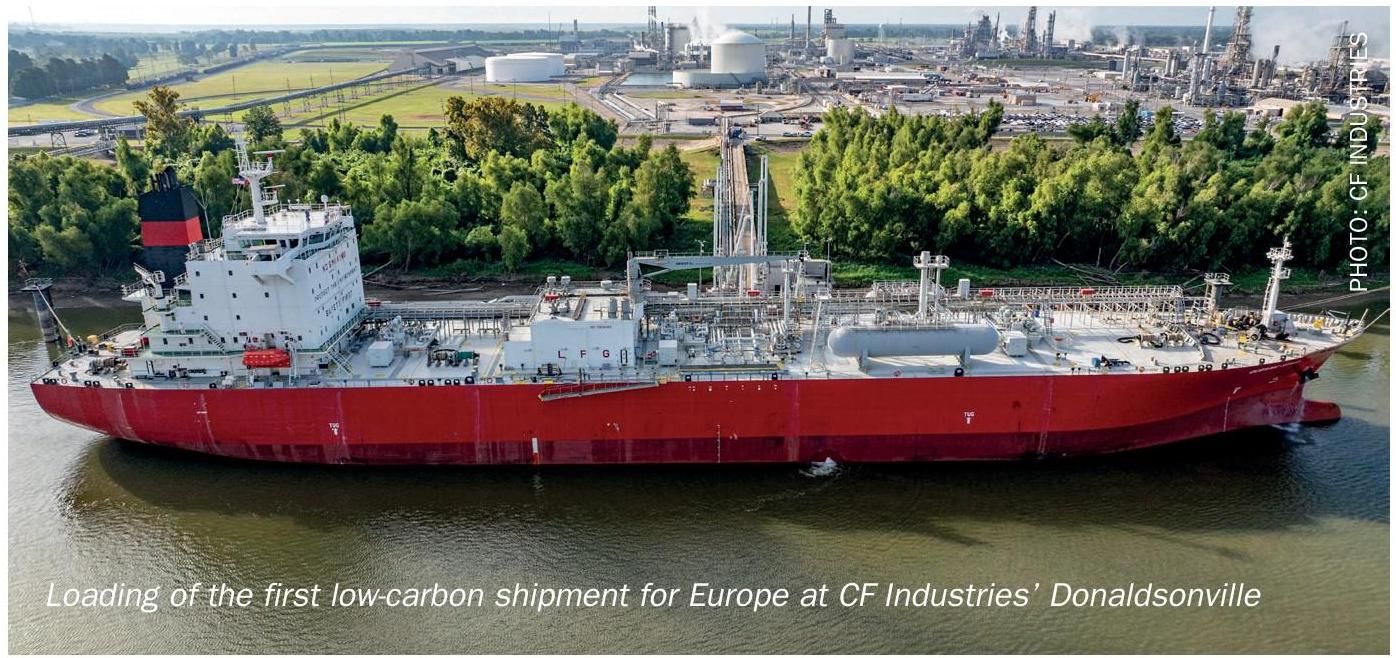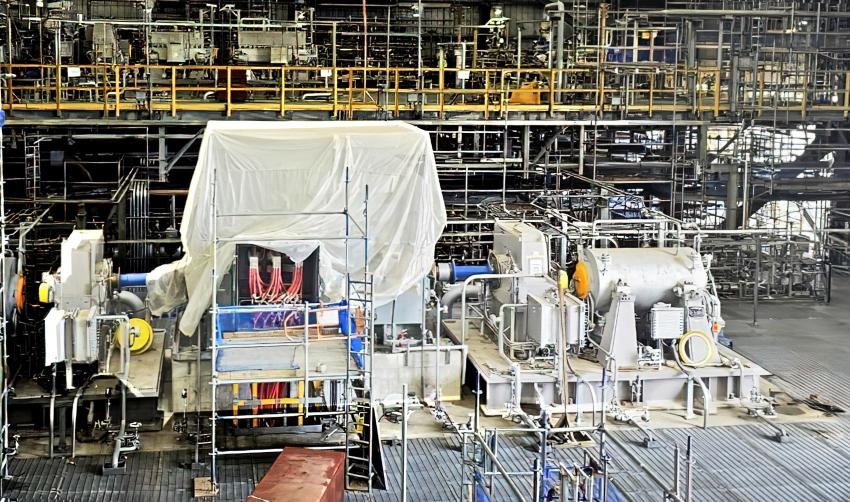Sulphur 417 Mar-Apr 2025

19 March 2025
Feasibility study on copper expansion project
BHP has awarded a significant engineering, procurement, and construction management (EPCM) contract to a joint venture between Fluor Australia Pty Ltd and Hatch Pty Ltd. The A$40 million contract is for the first phase of the proposed expansion of BHP’s copper smelter and refinery facilities in South Australia, as the company moves towards a final investment decision on the smelter and refinery expansion, currently anticipated in the first half of FY27. The initial stage focuses on strategic planning and development during the project’s study phases. Subsequent stages will cover detailed engineering, procurement, and construction management as the project advances.
BHP says that it expects global demand for copper to increase by approximately 70% by 2050 due to the global shift to electric vehicles and renewable energy, and the expanding need for data centres. The company aims to produce more than 500,000 t/a of refined copper cathode by the early 2030s and potentially reach 650,000 t/a by the mid-2030s, a substantial increase from approximately 322,000 t/a in the last financial year. Phase one of the expansion involves a significant upgrade to the existing smelter and refinery at Olympic Dam. This includes a transition to a two-stage smelter and an extension of refinery facilities, ultimately boosting capacity to over 500,000 t/a.






